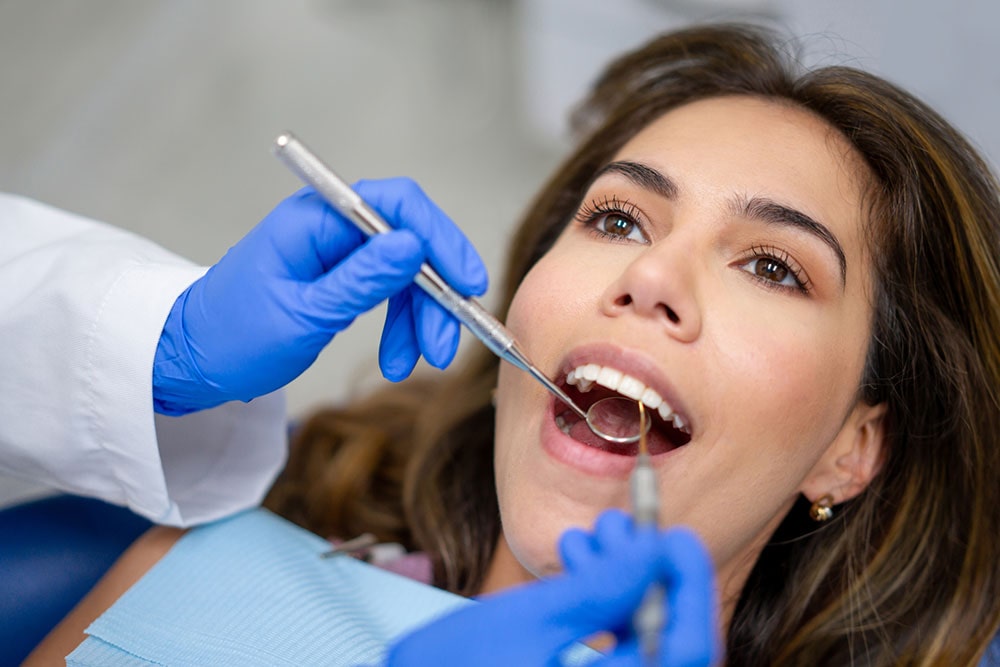Gum Disease and Diabetes: Is There a Connection?
Everyone knows that sugar, candy, and very sweet foods can cause cavities. Although few of us grew up understanding that unless all food and beverage particles are brushed off twice a day and flossed once, anyone can end up with periodontal (gum) disease. Even the tiniest bits can quickly attract bacteria, which turns into plaque, a sticky film that clings to teeth and gums and can eventually lead to the loss of teeth.
But even more serious is that periodontal disease significantly raises the risk for a variety of diseases, including diabetes 2 (diabetes 1 is genetic). This is largely the result of a diet rich in sugar and refined carbohydrates, from white flour to white rice. Refinement removes the fiber that prevents carbs from flooding into the bloodstream quickly (complex carbohydrates like whole grains take a long time to digest, giving the body gradual energy, while refined ones cause a spike in energy and blood sugar, then a crash). Many diabetics are overweight, which itself increases the risk for the disease.
High blood sugar levels also negatively affect the blood vessels, resulting in fewer of the nutrients and the oxygen they can generate reaching the oral tissues. Excessive sugar in the blood can provide a breeding ground for bacteria in saliva, too.
A high-fiber diet with plenty of vegetables, 40% complex carbs and 40% polyunsaturated fats, with just 15% protein, can reduce the risk for diabetes, according to Dr. Gerald Reaven of Stanford University. Clinical evidence cited in Prescription for Nutritional Healing by nutritionist Phyllis Balch showed that good nutrition, bolstered by supplements of the mineral chromium, the amino acid alpha-lipoic acid, and the B-vitamin complex can reduce dependence on insulin.
But no matter your diet or lifestyle, anyone can be sure to reduce the risk for diabetes and cardiovascular disease by brushing for two minutes after breakfast and dinner and flossing before bedtime. Be sure you are thorough: use a soft brush starting from the gum line and stroke to the end of each tooth on both sides. The floss string or tape should be held to scrape against each side of every tooth. It will also help your oral hygiene and reduce the chances of emergencies to wash your mouth with salt water and a dentist-approved gentle mouthwash daily. Some may also find the use of a water pick helpful.
It is also important to have your dental hygienist provide a professional cleaning at least twice a year, since she has special tools, techniques, and anti-bacterial solutions that can keep periodontal disease at bay even better than the most diligent brushing and flossing. If you have not had a cleaning recently, call Parthenia Dental for an appointment today.
More Resources on General and Preventative Dentistry:







